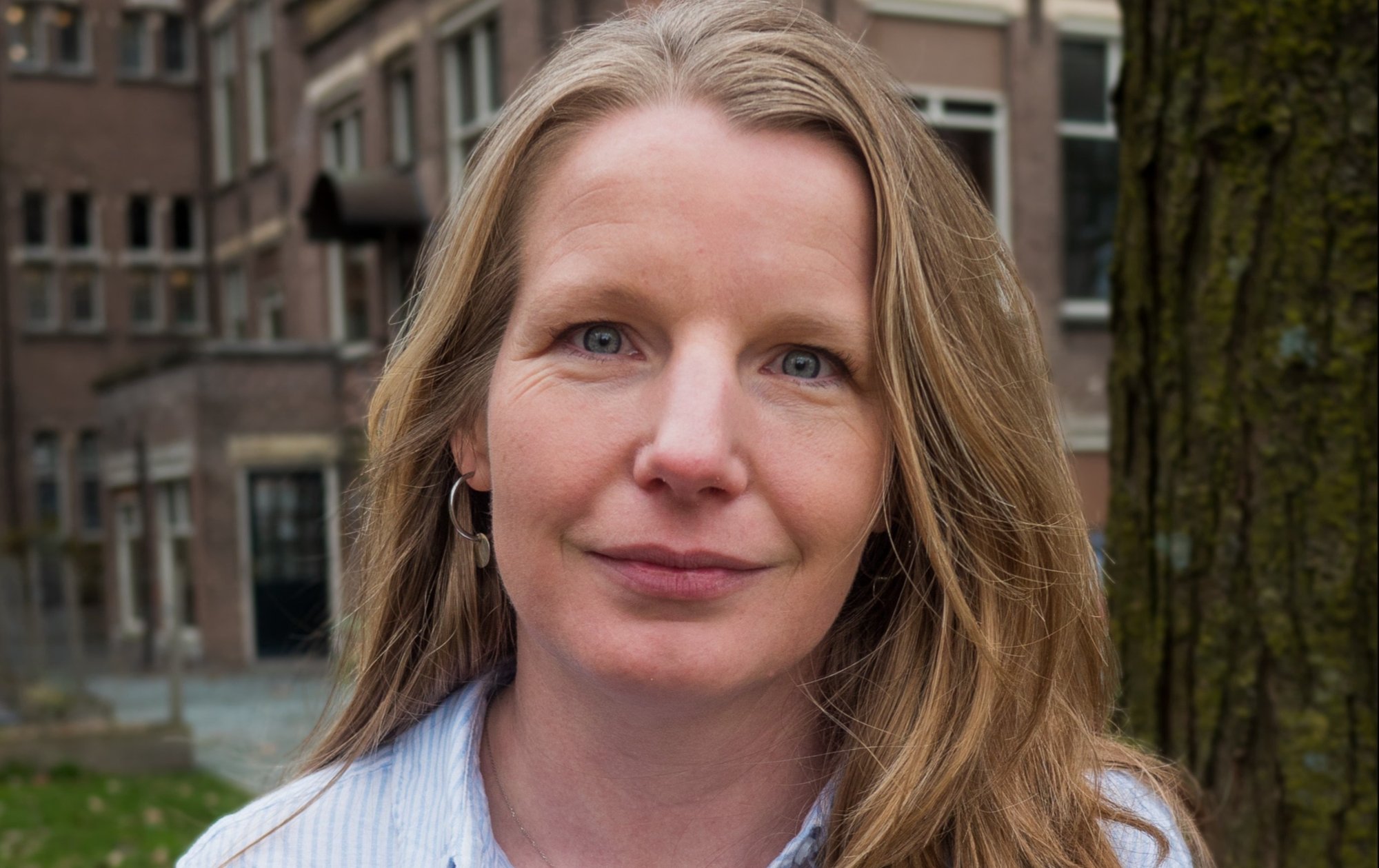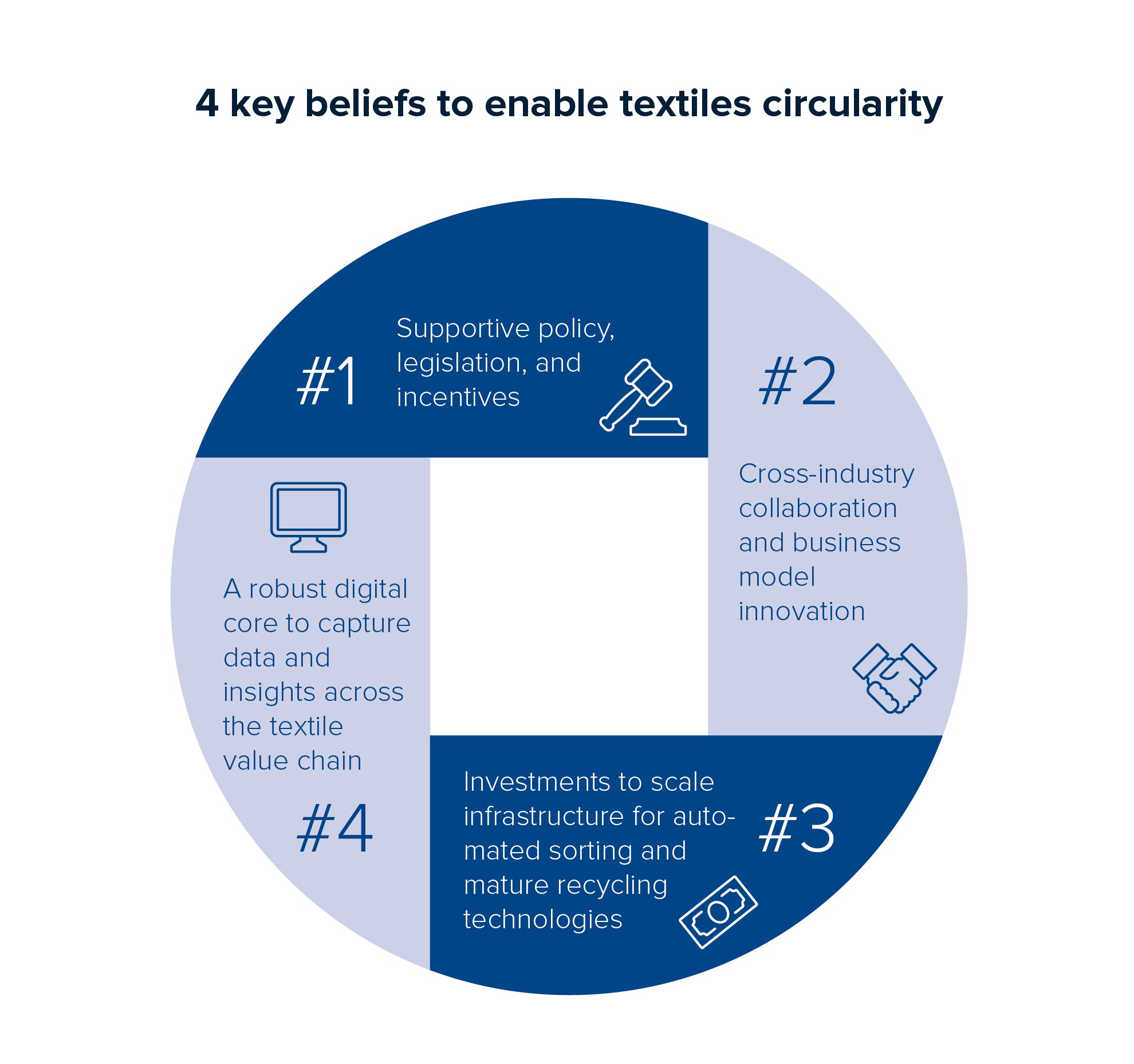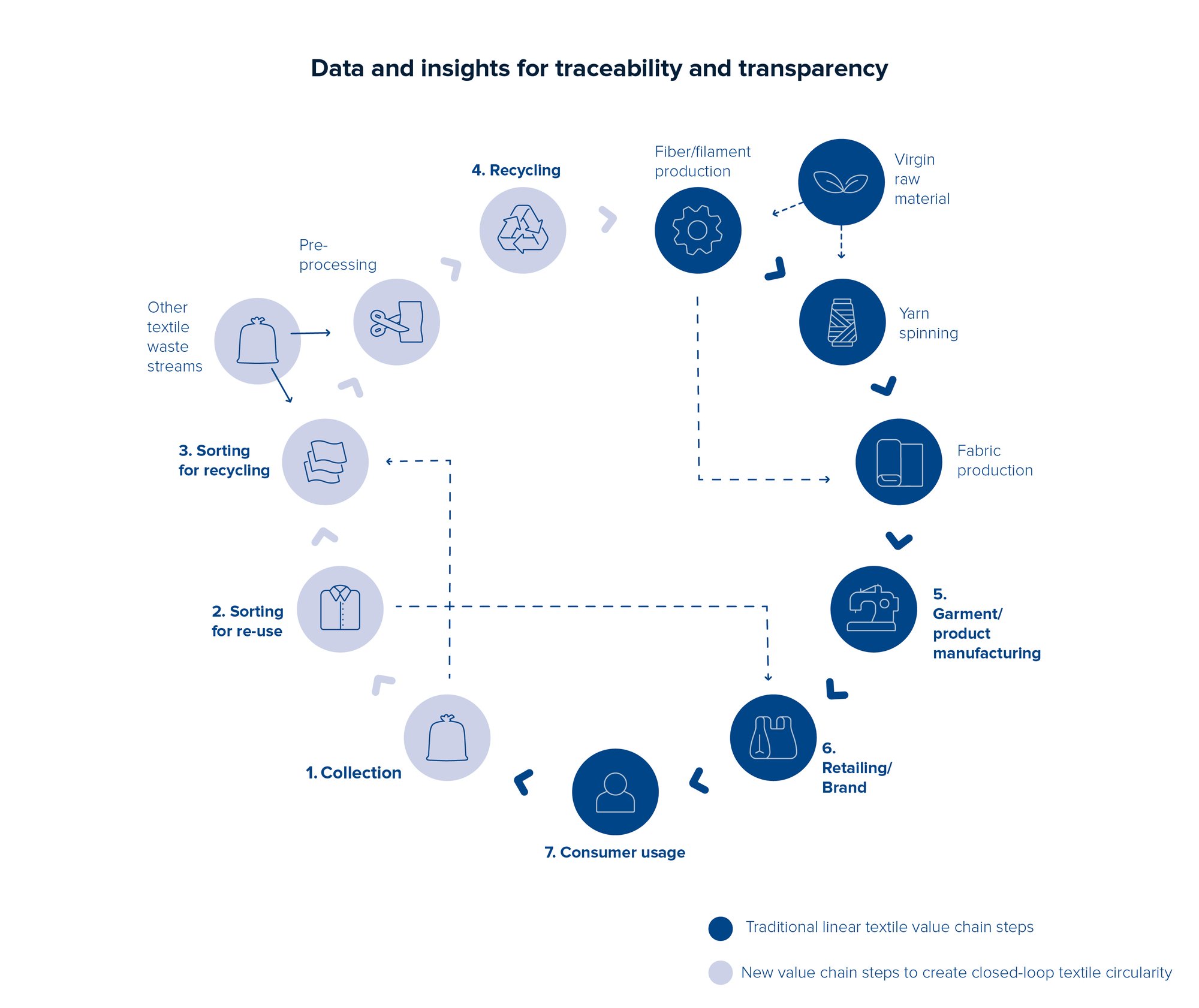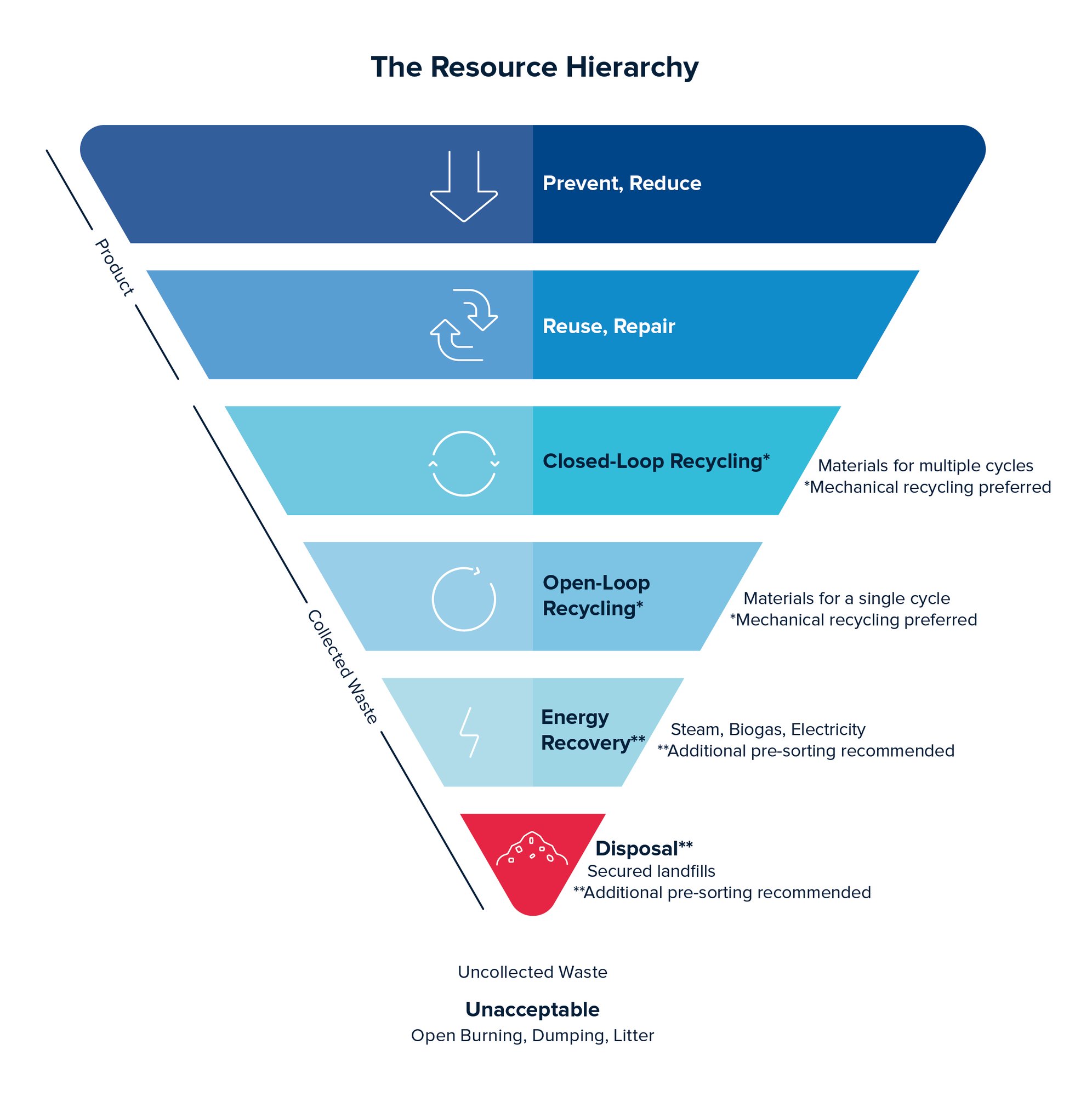Textiles
Today, only 1% of textile waste is recycled into new products every year. To increase this, the current, linear textiles value chain must be replaced with a circular one. This will entail thoughtful design, sustainable production and careful use of textiles, followed by collection for sorting and recycling in a closed loop.
The textiles industry is currently responsible for releasing 1Gt of carbon dioxide (CO2) into the atmosphere each year - accounting for 3% of the world's total emissions – a statistic which isn’t all too surprising given that around 6 million tonnes of post-consumer textile waste is produced every year in Europe alone. The need to transform the textiles value chain – from its current, linear state, to a more circular one has never been more urgent.
In a circular system, instead of getting buried in landfills or burned in incinerators, textile products would stay in circulation via the collection, sorting, and closed-loop recycling of used materials. Not only would this reduce the amount of CO2 released into the atmosphere due to less virgin material production, but it would greatly reduce the amount of air, water, and soil pollution created during every phase of a textile’s lifecycle. The time to transition from a linear, to this circular system is now.
Textiles: Sensor-based sorting by material type and color
Explore the TOMRA AUTOSORT system closely to understand how it works. See how textile materials enter the machine, watch it use advanced near-infrared (NIR) and visual (VIS) spectrometry sensors to recognize material and precisely sort those materials by color and type, and observe the smooth division into separate material streams.
The journey of a T-Shirt
Discover the reality behind textile waste by following the journey of an old T-shirt. Learn about the recycling challenges and the transformative impact of automated sorting technology. Explore the role of cross-industry collaboration, investment in recycling tech, and the integration of digitalization. Gain insight into the process that turns old T-shirts into new garments, charting a path toward a waste-free textile industry.
Webcast: Transforming textiles
Watch Vibeke Krohn, Head of TOMRA Textiles, Cyndi Rhoades, Co-founder of WornAgain Technologies and Circle-8, and Dunja Matanovic, Engagement Manager at McKinsey, with host Jo Eikeland Roald, Head of External Relations at TOMRA Textiles, as they discuss the strategies and innovative technologies crucial for transitioning the textile value chain to a circular model, and learn about the 4 key beliefs guiding this transformation.
Textile infographics
View infographics explaining Textile visually below.
TOMRA Talks Circular
Listen to industry experts on our podcast, which aims to affect real change with real conversations.
Weaving a new circular textile value chain, together

.png?width=788&height=200&name=tomra_lockup_h_1cw_png%20(1).png)








